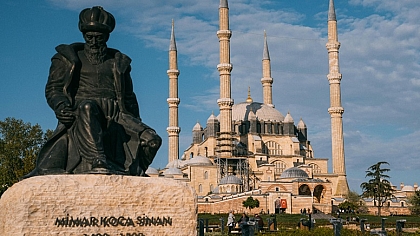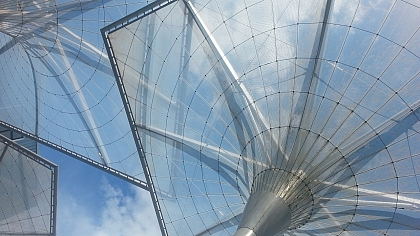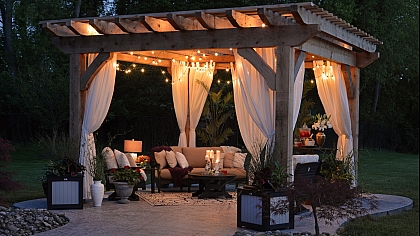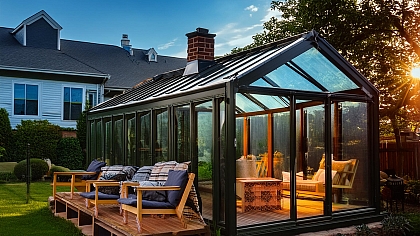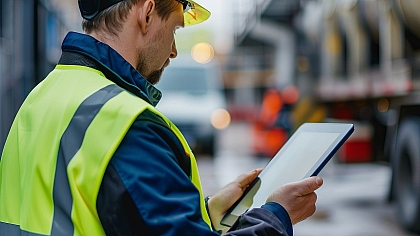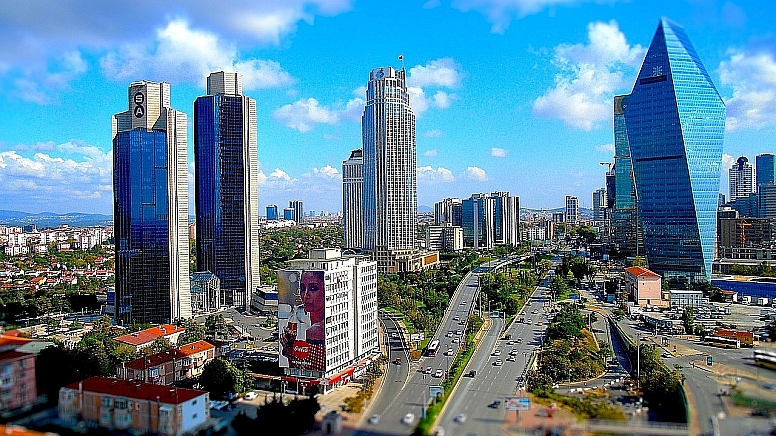
Turkish Building & Landscaping: A Fusion of Tradition & Innovation
Turkey is a country known for its rich history, diverse culture, and breathtaking landscapes. From ancient architectural marvels to modern urban designs, Turkish buildings and landscaping showcase a unique blend of tradition and innovation.
Let's take a look at the fascinating world of Turkish building and landscaping, where centuries-old techniques meet contemporary aesthetics.
Architectural Marvels: A Testament to Turkey's Past
One cannot talk about Turkish buildings without mentioning the awe-inspiring structures that have stood the test of time. The Hagia Sophia in Istanbul is a prime example. Originally built as a Byzantine church in the 6th century, it later became an imperial mosque and is now a museum. The Hagia Sophia's magnificent dome, intricate mosaics, and grandeur reflect the Byzantine and Ottoman architectural influences that shaped Turkey's history.
Another architectural gem is the Topkapi Palace, also located in Istanbul. It served as the primary residence of Ottoman sultans for nearly four centuries. The palace's stunning courtyards, ornate interiors, and beautiful gardens exemplify the opulence and craftsmanship of the Ottoman Empire.
The Modern Turkish Urban Landscape
As Turkey embraces the modern era, its urban landscape has witnessed an impressive transformation. Istanbul, in particular, has emerged as a vibrant metropolis with a skyline adorned by contemporary architectural marvels. The Zorlu Center, for instance, is a mixed-use complex that combines sleek high-rise towers with luxury residences, shopping malls, and performance venues.
Moreover, the Maslak 1453 project, located in Istanbul's business district, showcases a harmonious integration of residential, commercial, and recreational spaces. This development epitomizes Turkey's vision for sustainable urban planning, with green spaces, pedestrian-friendly zones, and efficient public transportation systems.
The Beauty of Turkish Landscaping
Turkish landscaping is equally captivating, with a focus on creating serene and harmonious outdoor spaces. One of the most famous examples is the historic city of Safranbolu, a UNESCO World Heritage Site. Its traditional Ottoman-style houses are surrounded by enchanting gardens filled with colourful flowers, ornamental plants, and bubbling fountains. The meticulous attention to detail in these gardens enhances the overall ambience and transports visitors to a bygone era.
Turkish landscaping also celebrates the country's natural beauty. The Cappadocia region, renowned for its fairy-tale-like rock formations, features breathtaking landscapes that have been shaped by wind and erosion over centuries. Visitors can explore this otherworldly terrain through hiking trails and hot air balloon rides, providing a unique perspective on nature's artistic prowess.
A Harmonious Blend of Past and Present
Turkish buildings and landscaping demonstrate a remarkable fusion of ancient traditions and contemporary innovation. While preserving historical landmarks and cultural heritage, Turkey embraces modern architectural trends, sustainable urban planning, and the preservation of natural landscapes. This blend creates an aesthetic harmony that appeals to locals and tourists alike.
Whether wandering through the streets of Istanbul, sightseeing at ancient wonders, or immersing oneself in the tranquillity of Turkish gardens, the architectural and landscaping delights of Turkey are a testament to the country's rich heritage and its forward-looking approach to design and development.
Modern-day Turkish buildings and landscaping showcase the country's commitment to contemporary design, sustainability, and functionality. Here are a few examples:
Istanbul Airport

Istanbul Airport opened in 2018 and is a prime example of modern Turkish architecture. The airport's design incorporates spacious and light-filled interiors, sleek lines, and innovative structural elements. The terminal features state-of-the-art technology, sustainable design practices, and efficient passenger flow management systems.
Istanbul Sapphire
Istanbul Sapphire is a prominent skyscraper located in the heart of Istanbul. With its distinctive shape and glass facade, this residential and commercial tower stands as an icon of modern architecture. The building incorporates sustainable features such as rainwater harvesting, energy-efficient systems, and green spaces to create a comfortable and environmentally conscious living environment.
Zorlu Center
The Zorlu Center, as mentioned earlier, is a dynamic mixed-use development in Istanbul. It combines residential, commercial, and entertainment spaces within a contemporary architectural framework. The complex features sleek high-rise towers, expansive retail areas, a performing arts centre, and beautifully landscaped gardens, creating a vibrant and integrated urban experience.
Antakya Museum Hotel
The Antakya Museum Hotel, located in the city of Antakya, is a unique example of adaptive reuse and sustainable design. This boutique hotel was transformed from a historic mansion while preserving its architectural heritage. The building seamlessly blends traditional elements with modern amenities and offers guests a serene atmosphere surrounded by lush gardens and courtyards.
ODTÜ Teknokent
ODTÜ Teknokent, situated in Ankara, is a technology park that promotes innovation and entrepreneurship. The park's design focuses on creating a collaborative and stimulating environment for research and development activities. It incorporates modern office buildings, green spaces, recreational areas, and advanced infrastructure to foster creativity and facilitate knowledge sharing.
SALT Galata
SALT Galata, located in Istanbul, is a cultural institution housed in a renovated historic building. The project transformed the former Ottoman Bank headquarters into a modern art and cultural centre. The design merges the building's original architectural features with contemporary additions, creating a space that seamlessly integrates the past and present.

These examples demonstrate Turkey's commitment to embracing modern architectural trends, sustainable practices, and the integration of functional and aesthetic elements. Turkish construction and landscaping techniques continue to evolve, reflecting the country's vibrant spirit and its pursuit of innovative design solutions.




